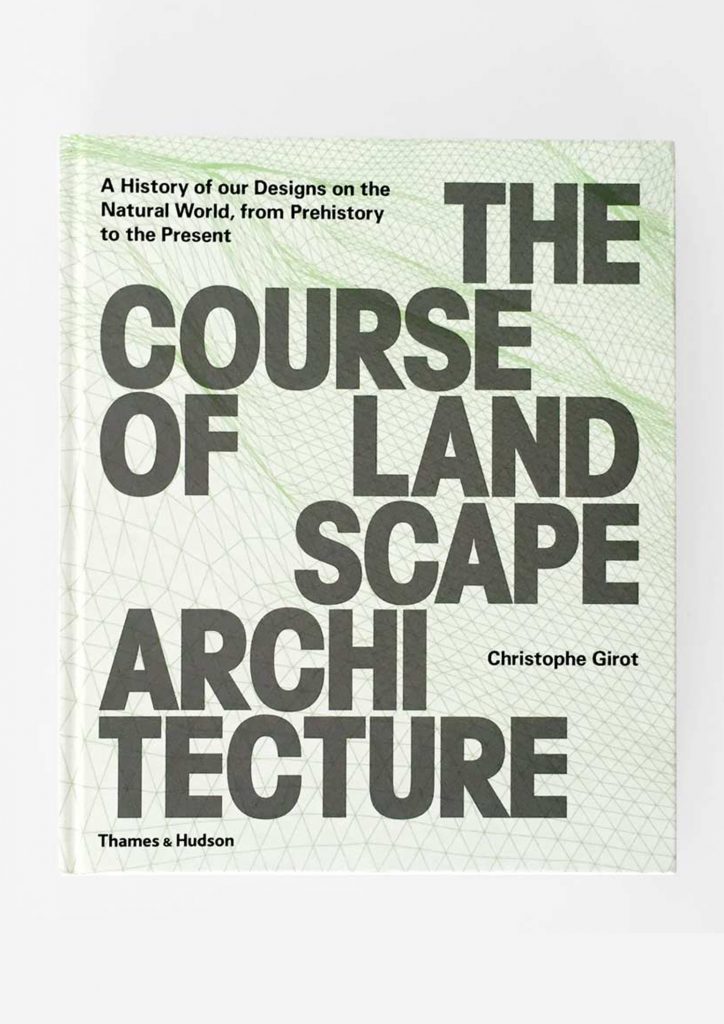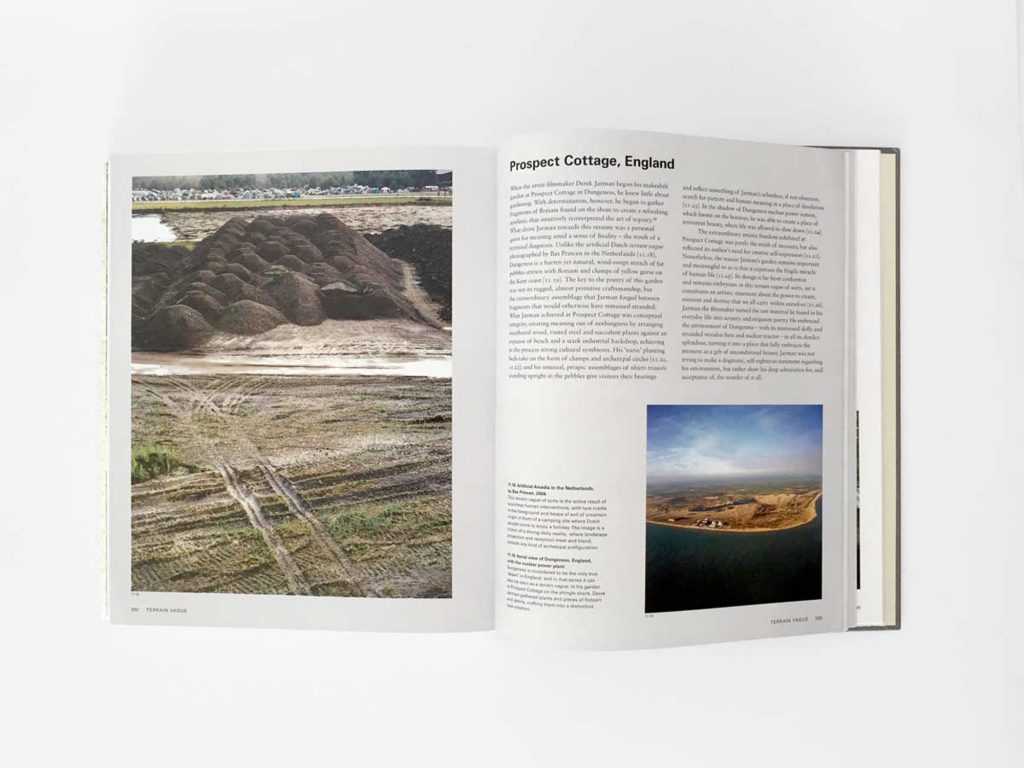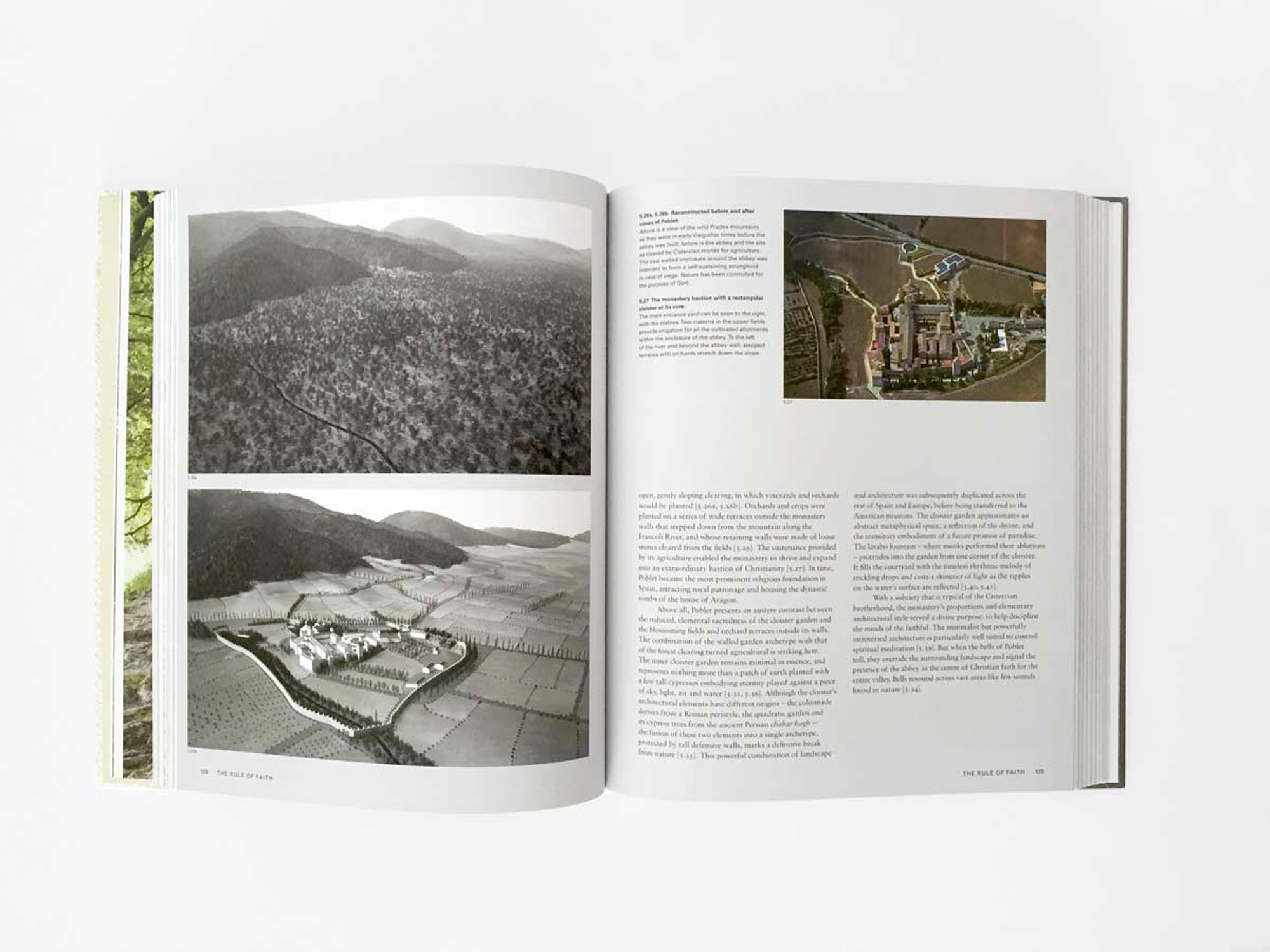
AUTHOR
Christophe Girot
CONTRIBUTOR
Philip Ursprung
REVIEWS
“The best thing about reading the work of an imaginative thinker like Girot is that it catalyzes our own thoughts.” – Julia Czerniak
LAM | ARLIS/NA | LANDSCAPE RESEARCH
DATE OF PUBLICATION
May 2016
SPECIFICATIONS
English, German and French.
30.0 x 25.0 cm
ISBN 978-0-500-34297-8
A History of our Designs on the Natural World, from Prehistory to the Present
Complementary to his Lecture Series at ETH Zürich, Christophe Girot’s book on the history of landscape architecture is now available.
In many ways the history of civilization is a history of humans’ relationship with nature. Starting from the dual inclination to clear land for cultivation and to enclose space for protection—the forest clearing and the walled garden—there emerges a vital and multifaceted narrative that describes our cultural relationship to, and dependence on, the landscape. Christophe Girot sets out to chronicle this history, drawing on all aspects of mankind’s creativity and ingenuity. In twelve chapters, he brings together the key stories that have shaped our man-made landscapes. Each chapter consists of a thematic essay that ties together the central developments, as well as a case study illustrated with specially commissioned photographs and meticulously detailed 3D re–creations showing the featured site in its original context.
The result of over two decades of teaching experience and academic research at one of the world’s leading universities, The Course of Landscape Architecture will reach international students and professionals. But its wealth of visual material, the wide range of its cultural references and the beauty of the landscapes it features will attract the interest of all who desire to enrich their understanding of how our landscapes have been formed, and how we relate to them.
Landezin.com
‘This book will become essential to our discipline, encouraging not only those in academia to experience landscape architecture as a multilayered profession’
Current World Archaeology
‘This is a book that one can dip into with pleasure, and will delight all those with an interest in architecture, archaeology, and social history’



